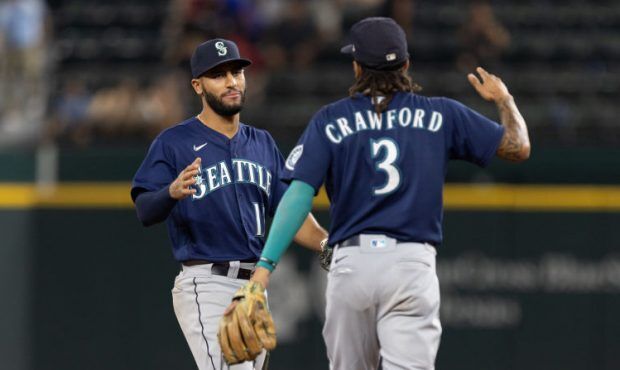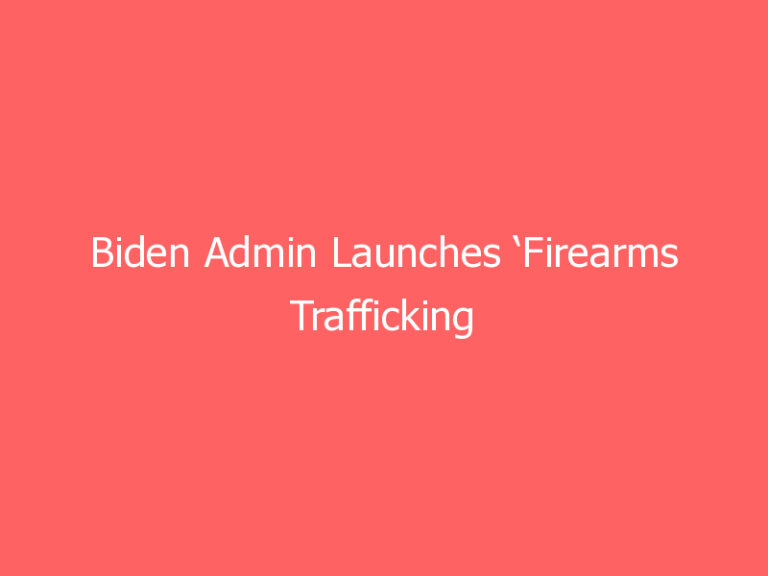The Mariners targeted Abraham Toro in a similar way to their acquisition of J.P. Crawford. (Getty)
In some respects, what the Mariners did in the days leading up to the trade deadline should have been a surprise to absolutely nobody.
Mariners Trade Deadline Breakdown: A look at each player added
General manager Jerry Dipoto had been up front about what it was he hoped to accomplish, stating in meetings with the media and interviews on 710 ESPN Seattle that he was looking to add pitching and a right-handed bat at second base. He also stated what he wouldn’t do.
“What we don’t think makes a great deal of sense is forfeiting any real significant part of our future for short-term, rental-type gains,” he said July 22 on 710 ESPN Seattle’s Jerry Dipoto Show, “so we are focused on players who would be part of the Mariners beyond just 2021, and until further notice that’s our only focus.”
The twist or surprise – one that was found most unpleasant in corners of the Mariners clubhouse – was turning one of his own short-term players into what the Mariners view as a potential significant part of their future: infielder Abraham Toro, who Seattle received Tuesday along with reliever Joe Smith from Houston for Kendall Graveman and Rafael Montero.
While there was speculation at the time of the deal that the switch-hitting Toro’s stop in Seattle would be brief and that he would be flipped for something bigger – in large part spurred on by comments from Dipoto that day that the move would make more sense as “part of a context I believe is going to be an ongoing story over the next couple of days” – a couple of quick texts dispelled that notion. This was a player the Mariners had targeted, and as we would later find out had been targeting for three years.
“He’s someone we’ve been trying to get for a while, he’s someone (the Astros) have consistently said no to moving,” Mariners assistant general manager Justin Hollander said this week on the Mariners Radio Network pregame show. “He does a lot of things well. He’s something like a 15-20 percent above-average offensive player just in the major leagues this year. He’s got a chance to be a really good player, and to add him now makes our team better today.”
With Seattle’s production at second base this season ranking fourth-worst in baseball by wRC+, it’s hard to doubt that Toro won’t be an upgrade at the position. His addition also helps the Mariners better utilize Dylan Moore as a utility player, which also is an upgrade.
All good, as are the other deadline-week additions: starting pitcher Tyler Anderson, who replaces a bullpen day in the rotation, and Diego Castillo, who despite a blown save Saturday is more proven in the closer role and can be used much more often in back-to-back days than Graveman (and, if necessary, back-to-back-to-back, something Graveman absolutely couldn’t do). So yes, the additions should make the team better now, though judging by the reaction of many, not to the extent they were expecting.
This is understandable when you see the names that came flying off the board Thursday and Friday. Max Scherzer and Trea Turner to the Dodgers. Jose Berrios, a name the Mariners were linked to, ending up in Toronto. Cubs stars scattered up and down the east coast. If it appeared the asking prices for some of these players and others were something the Mariners were able to match, don’t assume the same ask was made of them. One of the downsides of having top prospects is teams know you have those top prospects and will try to hold out for them. Then there are the situations where perhaps they want two of your top 10 prospects, and all farm systems are not created equally.
“It speaks to where we’ve come from,” said Hollander. “Somebody can say, ‘Well, I’m not going to ask for your fifth-best prospect, I’ll ask for your seventh-best prospect, I’m getting somebody else’s fifth-best prospect.’ We think our fifth-best prospect or 10th-best prospect is much better than the equivalent in most other systems right now. We’ve accumulated a lot of talent, we are not in a hurry to just trade it all off if we don’t think the value is right. We want to do things that are smart, we want to do things that help us in the future. Sometimes that can be a tricky balance. This year we were willing to make trades; I don’t think we were willing to lose trades the moment we made them for strictly rentals.”
So they continue to accumulate talent and build for the future. When, however, does this model change? Last week on at least two occasions, Dipoto had an interesting explanation for why they acquired Toro.
“We brought in five more years of control of a young infielder we think,” he said before pausing, “… this is what we do, the Abraham Toro-type acquisition, and we have done quite well with it.”
This is what we do. Specifically, Dipoto said the Mariners target young players with club control who by the numbers have upside, and many of which are currently blocked in their organizations. Mitch Haniger, Ty France, Luis Torrens and J.P. Crawford are all examples Dipoto went on to point to.
“This is an area we’ve really I guess excelled in over the recent past,” Dipoto continued. “They all generally fit this mold and hopefully (Toro) is as successful in transferring with the Mariners as the others have been.”
What they do has been an important part of the Mariners’ rebuild, and perhaps should always be at least a part of what they do going forward when opportunities arise. But should it always be the M.O. for how they build?
I’ve wondered for some time now what it would look like when it was time to spend. We haven’t seen Dipoto do that with the Mariners on a large-scale basis. Outside of Shohei Ohtani, who didn’t require the big dollars, we haven’t seen him go after the big name. We know trades are Dipoto’s preferred means of player acquisition, but we have yet to see him make the big trade using prospect capital of his own. It can’t always be “this is what we do.” At some point, big league-tested talent from outside that comes at a high price in either dollars or prospects has to be brought in.
Some would say that time came last week, but it was clear Dipoto was not all-in. Rather he stayed disciplined to the original plan, a plan he was given permission to execute, rather than make a push for a shot at a one-game wild card appearance in a tough division where the top two teams respectively won 107 and 97 games the last time a full MLB season was played. The goal for the Mariners remains more than just a shot at a wild card.
This trade deadline very well may not have been the right time to make the big acquisition due to the asking prices, and from everything I have heard the Mariners made attempts at players that I think would have better filled the expectations of those who perhaps read a little too much into Dipoto’s comments following the trade of Graveman. It’s hard to argue not giving up a top-seven prospect for a two-month player or two top-10 prospects for one of the starters that were available, but what will we see when the time comes? We should find out sooner rather than later.
Follow Shannon Drayer on Twitter.
More from Shannon: Mariners’ deadline plan becomes clear with Castillo
Originally found on Read More


![[VIDEO] Meghan McCain Just Can’t Stop Blasting Biden Lately…](https://manateeherald.com/wp-content/uploads/2021/06/300-4IokkF.jpeg)




